The six sketches
These six sketches will tell the stages of what Cambodian had gone through during the Khmer Rouge regime.
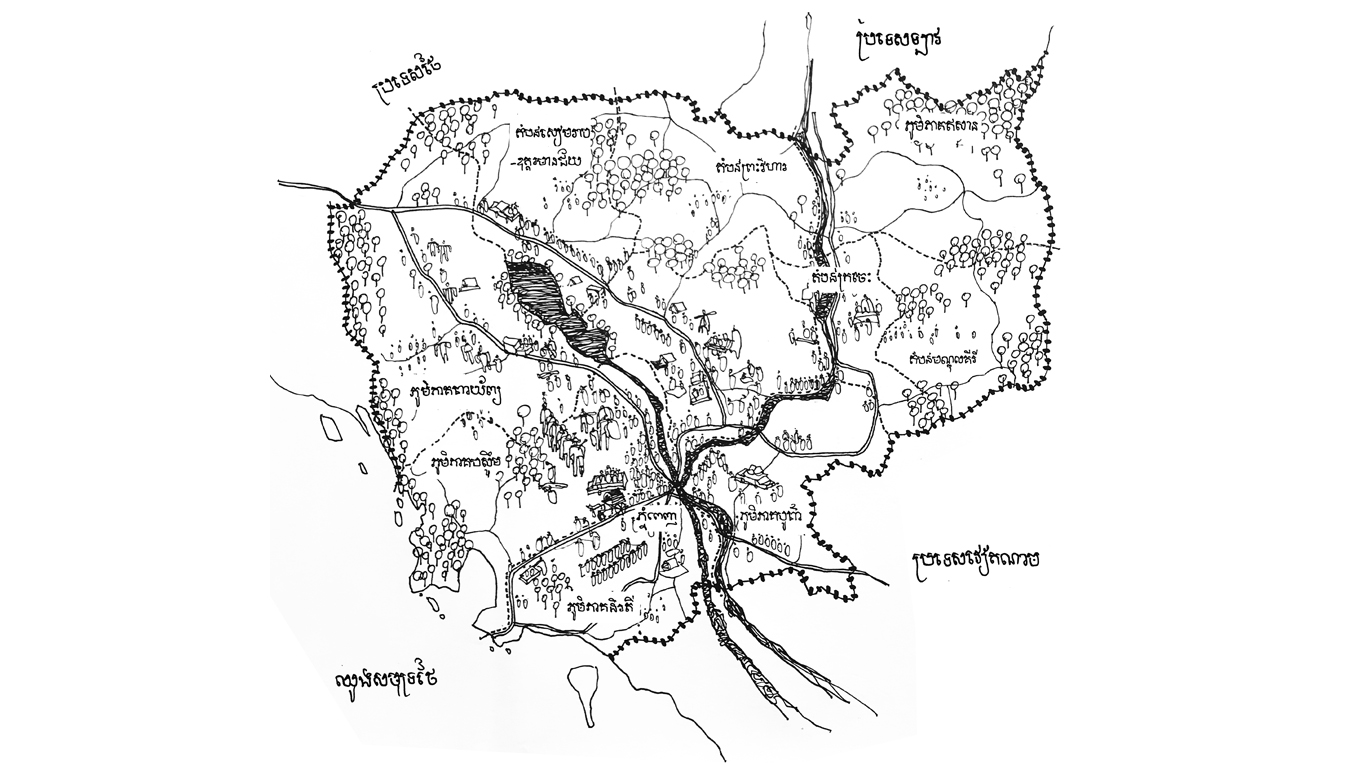
Cambodian Map During Khmer Rouge: This map showed the turning point when new people was evicted from the city to live collectively in rural areas throughout Cambodia. What should the new people do in the new places? Each people has their own stories but the Khmer Rouge made all of them to become another person they were not. Insufficient nutrition, overwork, the restriction of freedoms, the violation of human rights and the fear of being killed were what the Cambodian people gone through during the Khmer Rouge regime. Note: This map is based on the map of the regions in the Democratic Kampuchea Regime 1976 issued by the Mistry of Education of Democratic Kampuchea and researched by the Documentation Center of Cambodia.
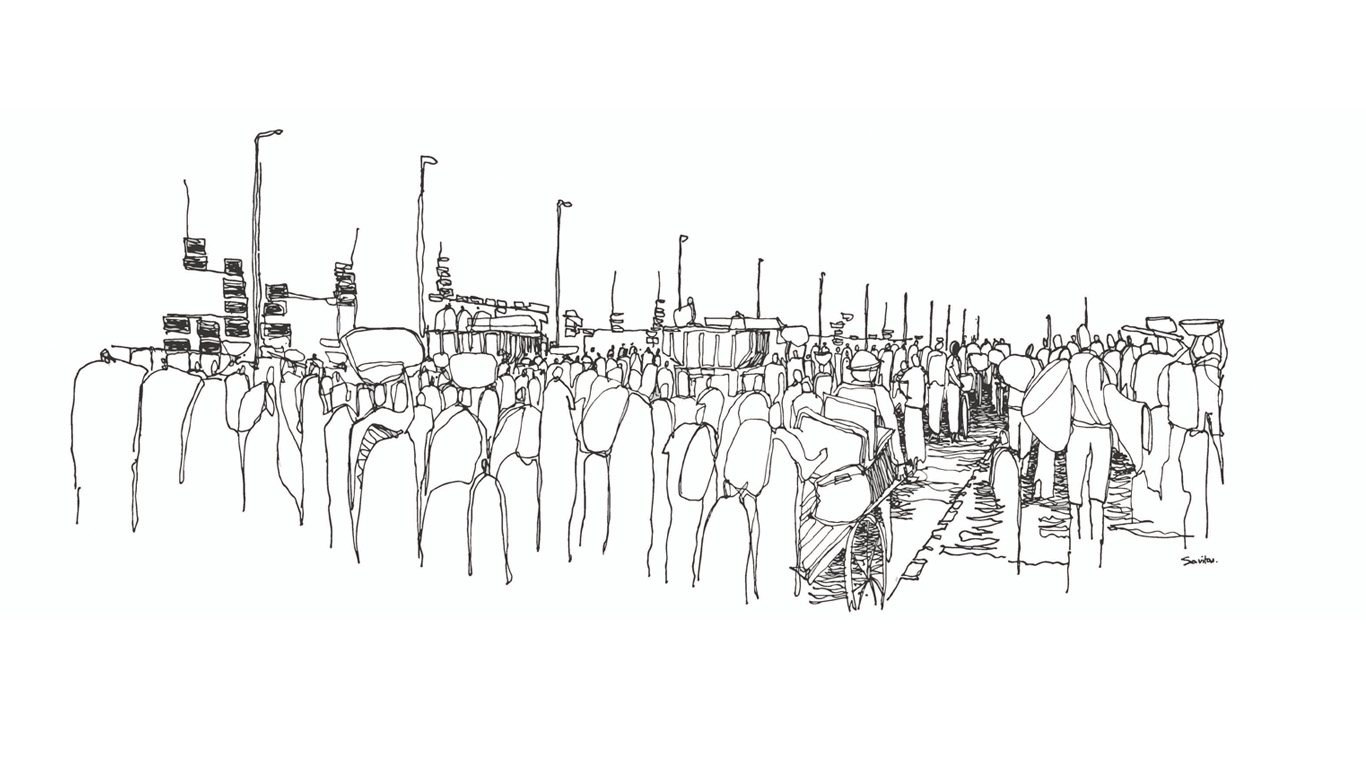
The Fall of Phnom Penh: Among the mass with their belongings on the way out of the city, you might see the girl who was looking back. This glance was full of nostalgic feeling of the place she used to live and the vague feeling while she was leaving. Note: This sketch based on the photo of the fall of Phnom Penh, taken by a French photographer named Roland Neveu.
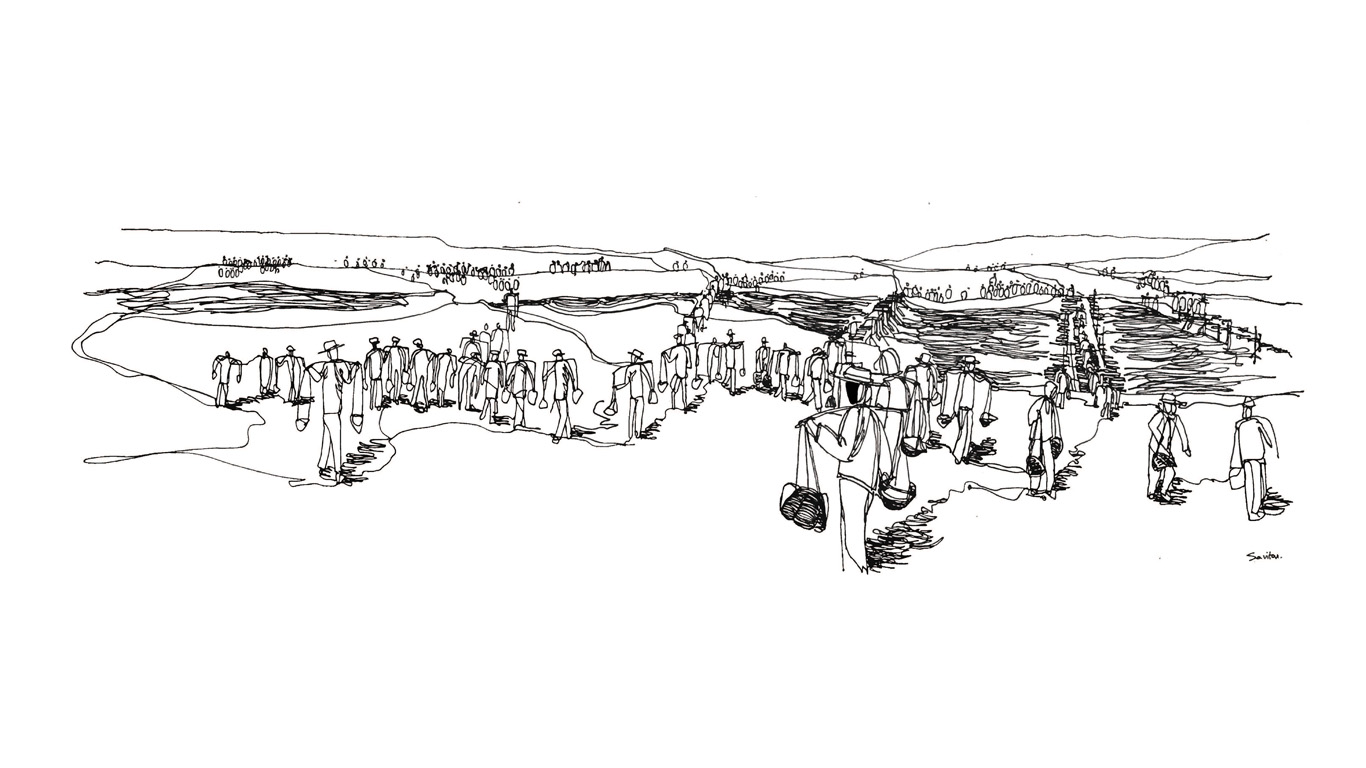
To The Countryside: Khmer Rouge focused on building the irrigation system to fulfilled their agricultural objective in producing 3 tons of rice per hectare. There were many people died due to overwork in the project to build many dams throughout Cambodia. Note: This sketch based on the photo of dams building during the Khmer Rouge regime, researched by the Documentation Center of Cambodia.
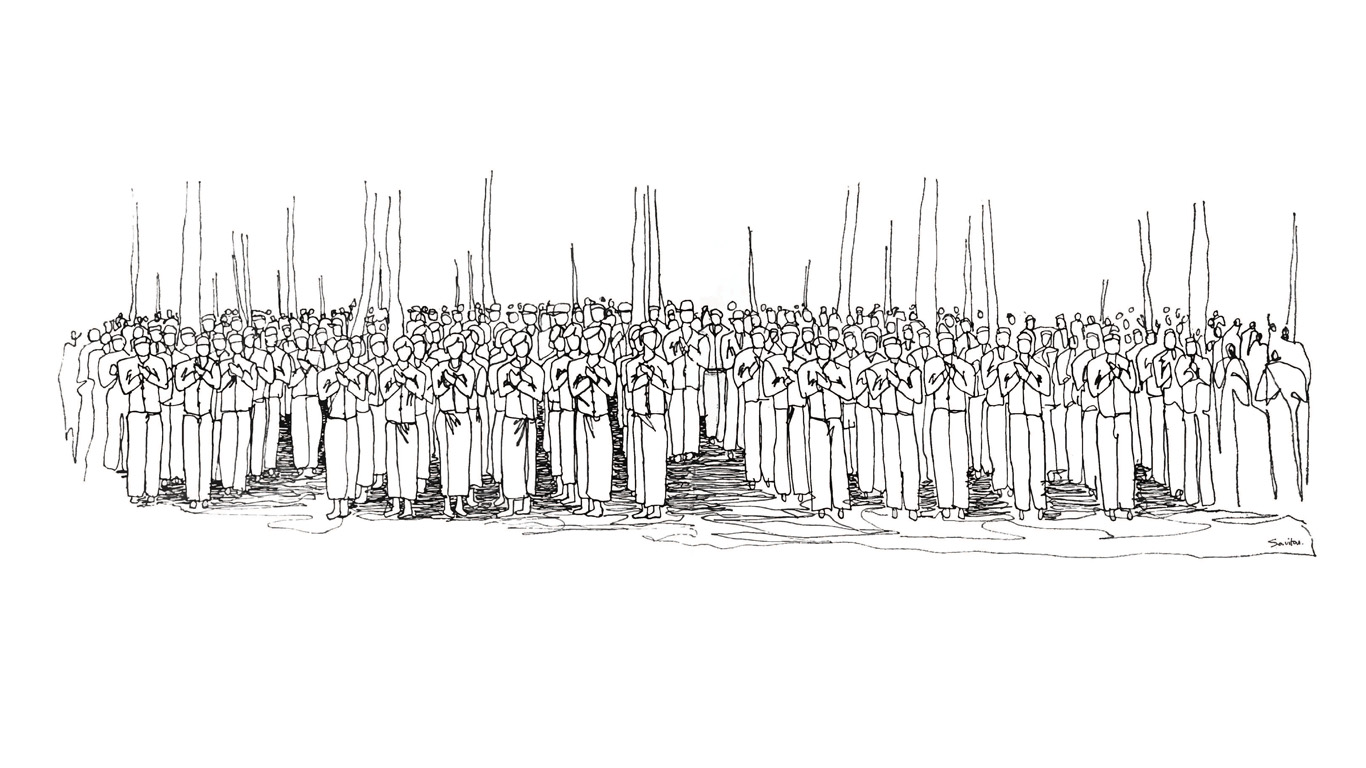
The Hell on Earth: From this “Hell on Earth” sketch, the object in the sketch has no identity. The people was owned by the Organization (Angkar). Besides fulfilled the objectives set by the Angkar, the people had to follow its ideology. You could not express any idea and when you have done anything wrong you had to do self-criticism or receive a re-education. Note: This sketch based on the photo of one of the congress of Khmer Rouge, researched by Documentation Center of Cambodia.
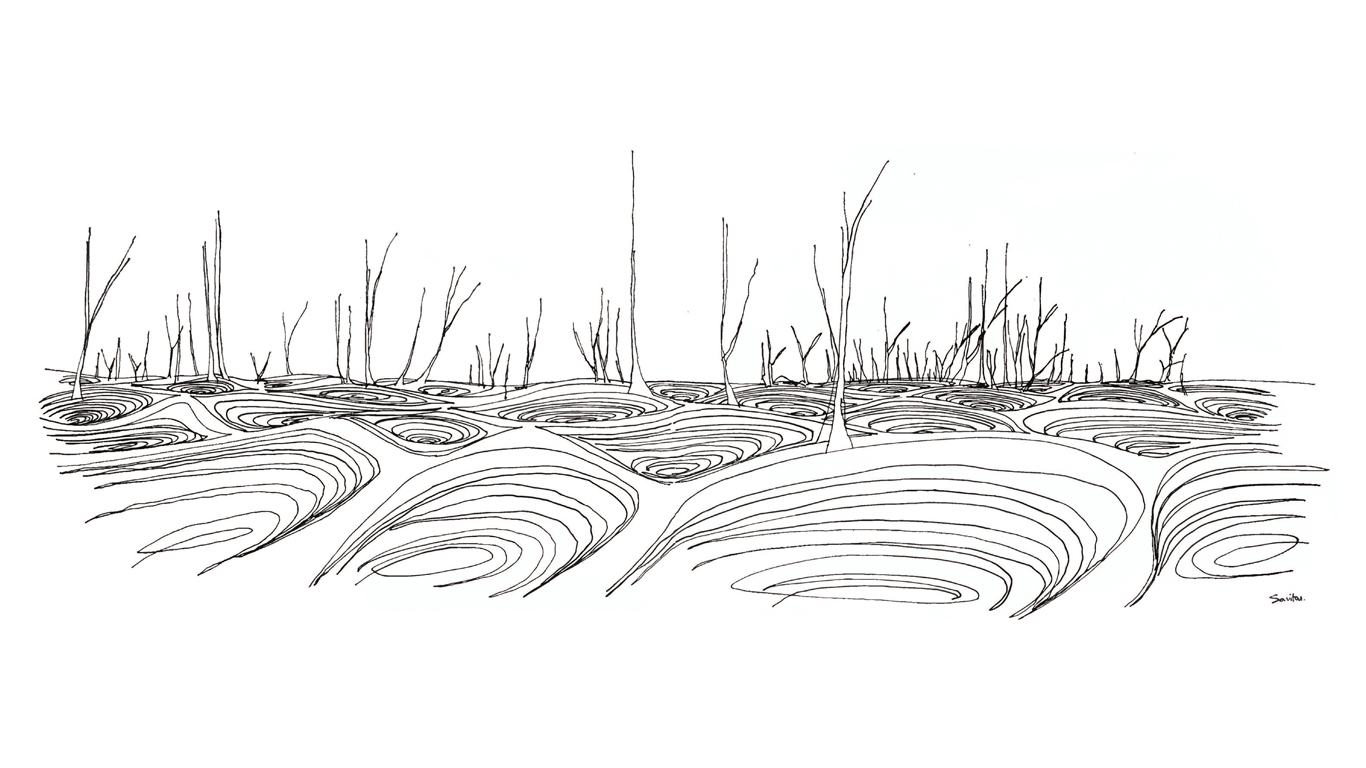
The Killing Field: When talk about the mass killing in Cambodia, people always imagine of the piling of skeletons and skulls. The artist of this sketch used another approach to represent death which is through the grave sites filled with countless of bodies as these grave sites were the place where the killings took place. Throughout Cambodia there were more than 20,000 grave sites, according to a research by the Documentation Center of Cambodia.
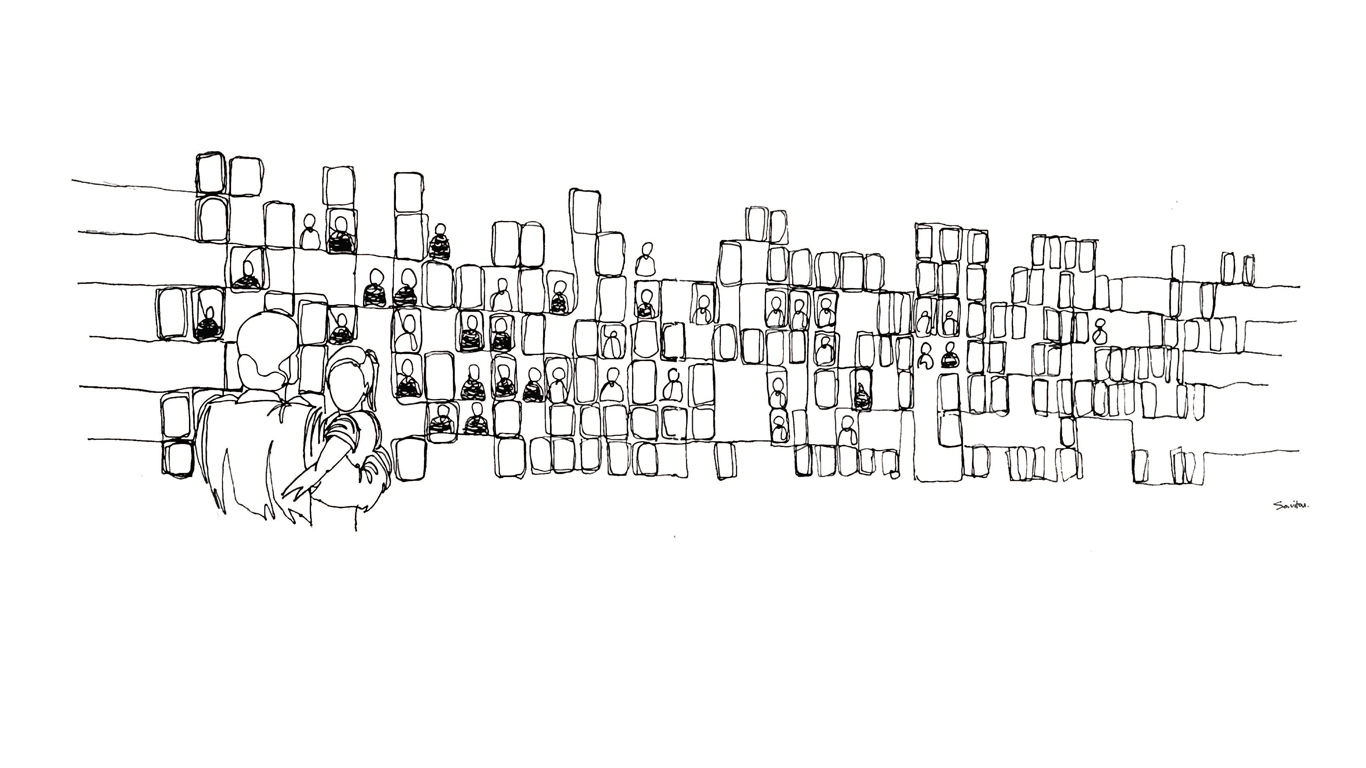
The Field Memory: The new page of history has begun. We see people who survived this regime came to look back at what had happened during the Khmer Rouge regime. There were many portrait of people who were killed at the S-21 Prison but some people has no face due to the loss of identity. Some people were known but some were not known. While the mother is looking back to the past, the child is looking forward to the future which represent the importance of the new generation and the need for them to learn their history in order to have a better future.
Latest Photo Story
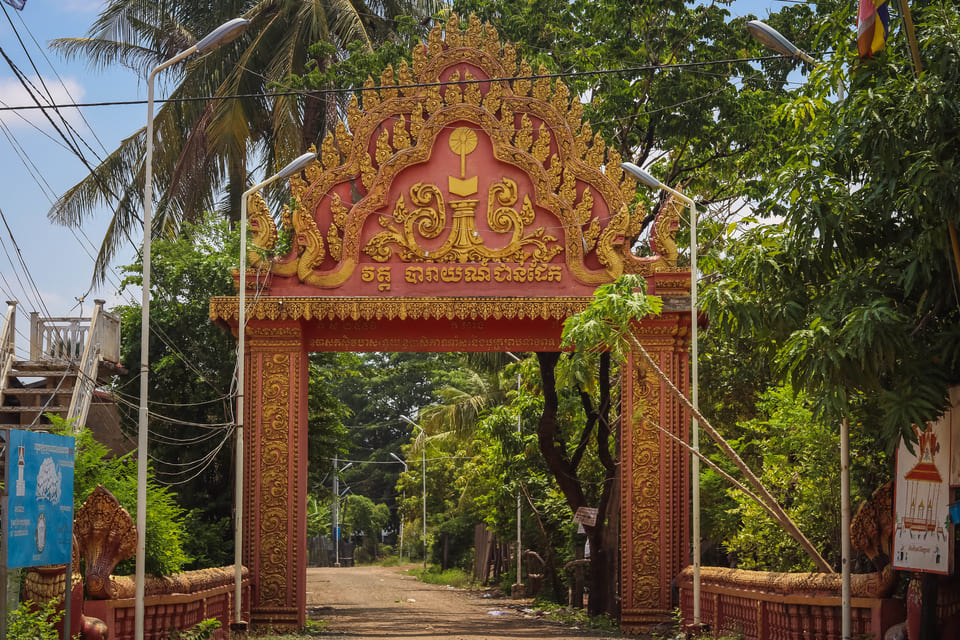
Baray Chan Dek Pagoda
Try Socheata
Baray Chan Dek Pagoda is located in Tros Village, Ballang Commune, Baray Di...
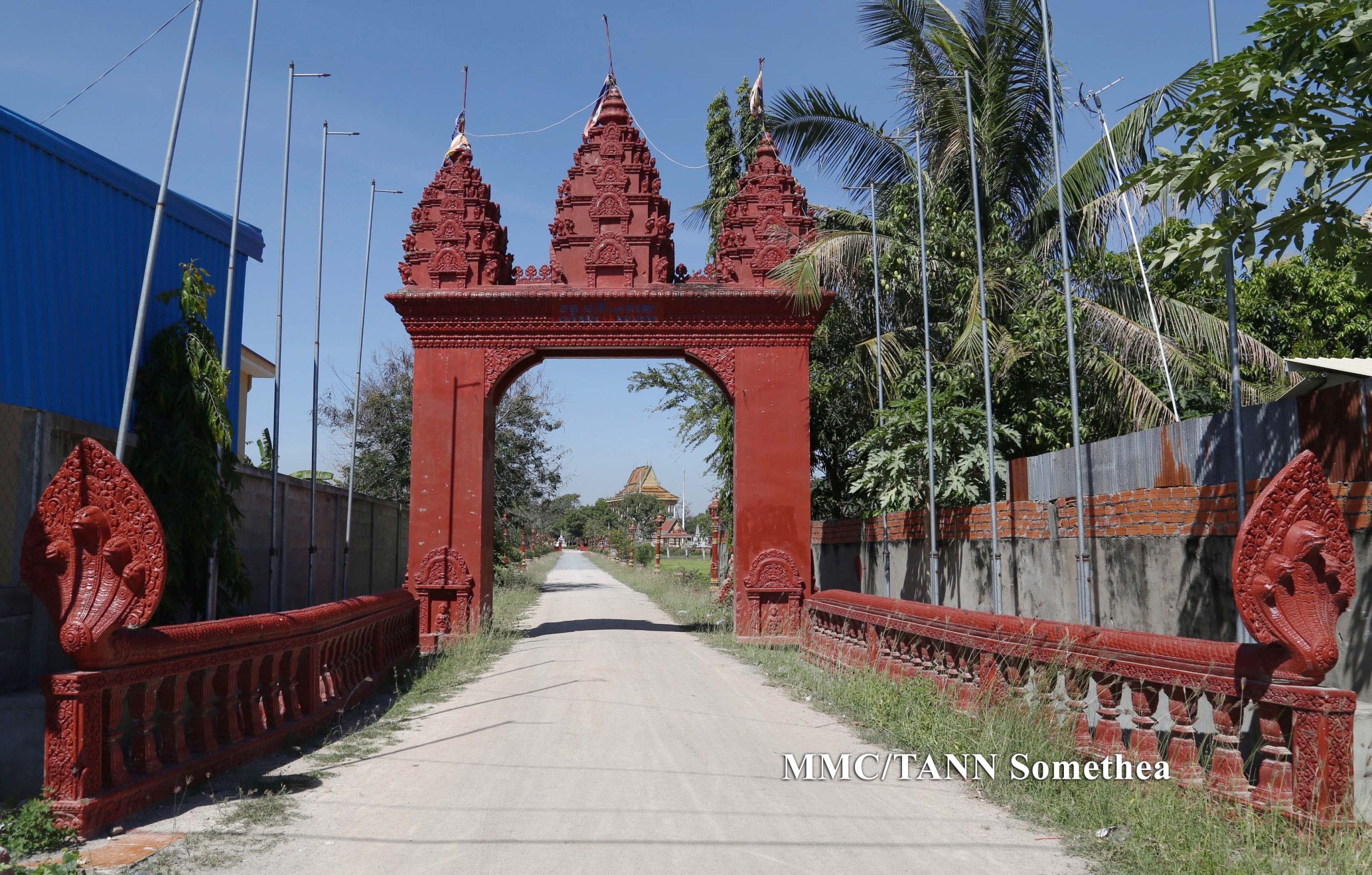
Sauphy Pagoda
Tann Somethea
Sauphy Pagoda, also known as Ka Koh Pagoda, was one of the two sites where...
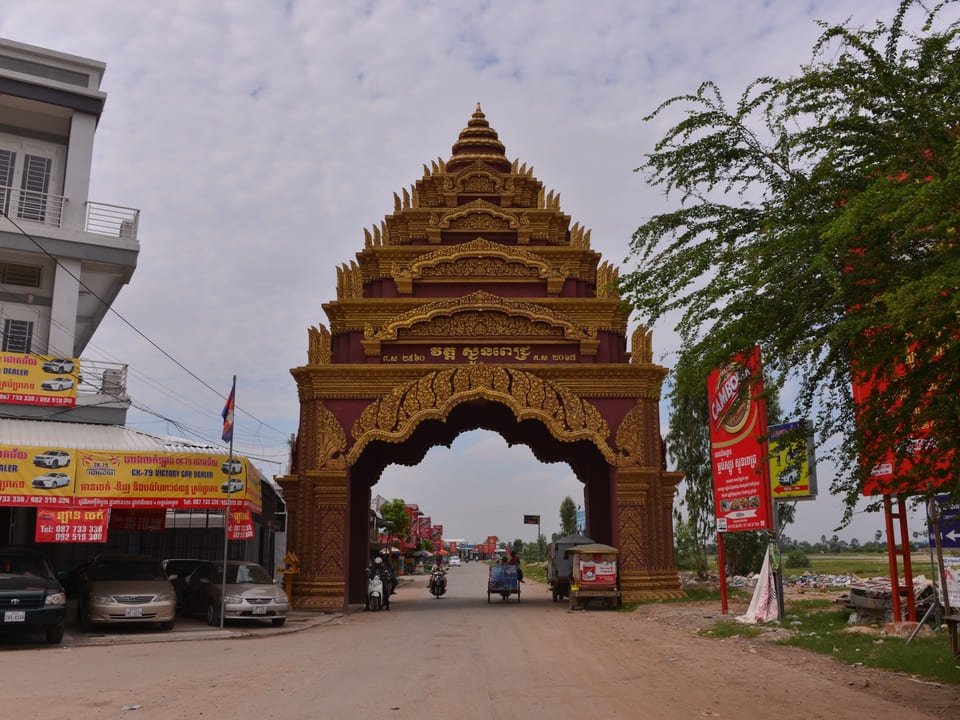
“Sngoun Pich Pagoda” A Secur...
Sopheaneath Pheng
Sngoun Pich pagoda, located in Konthok commune, Ang Snoul district, Kandal...